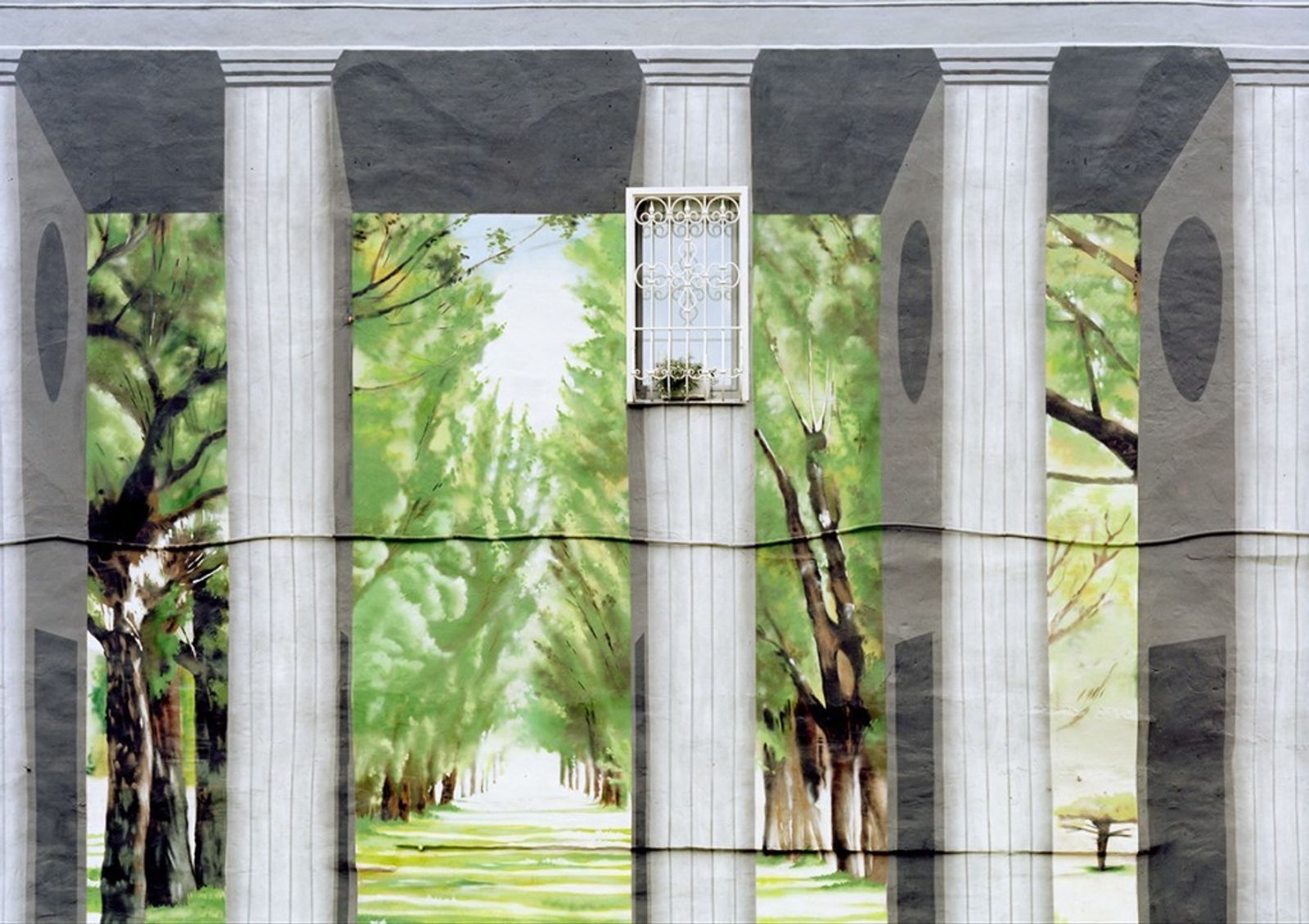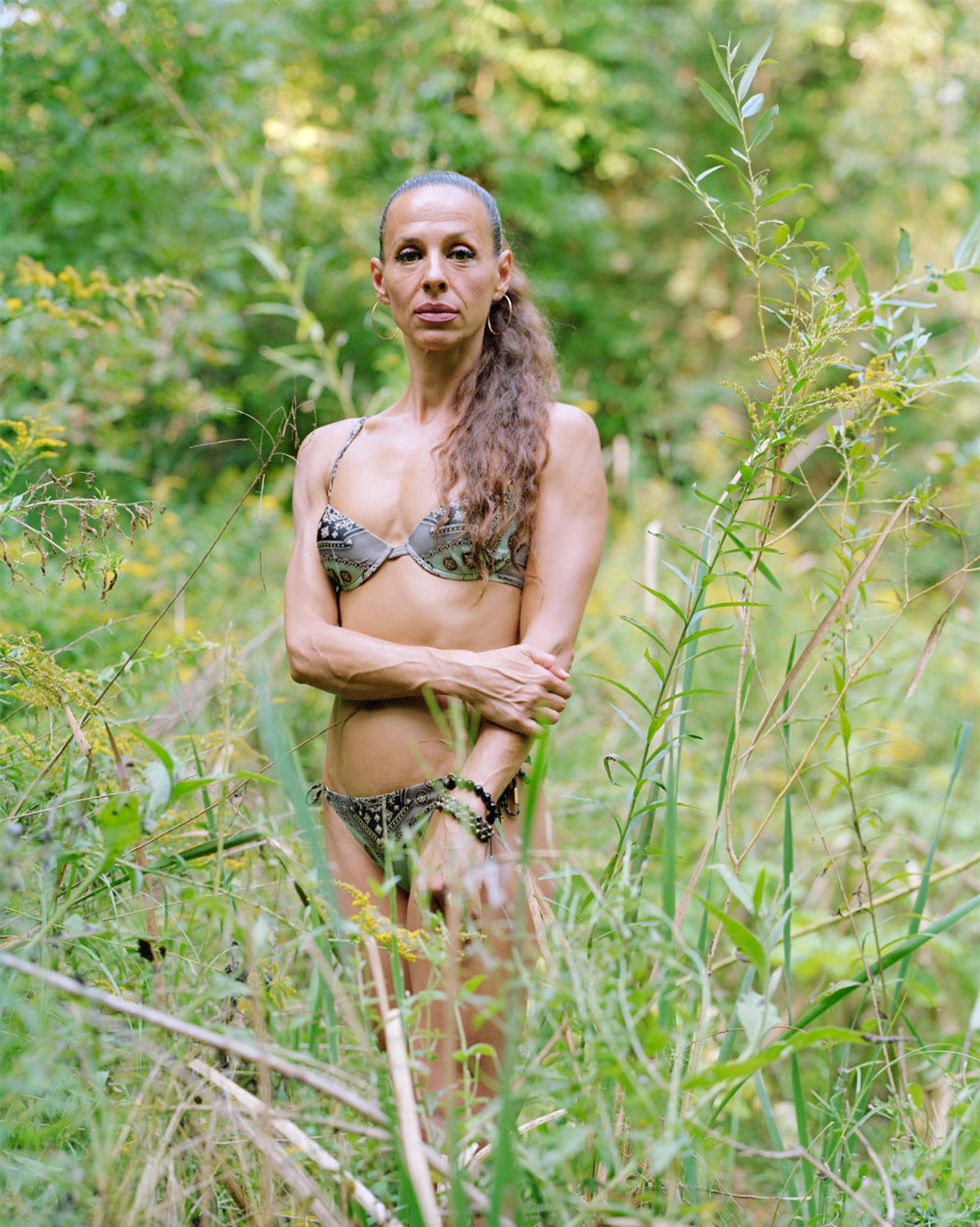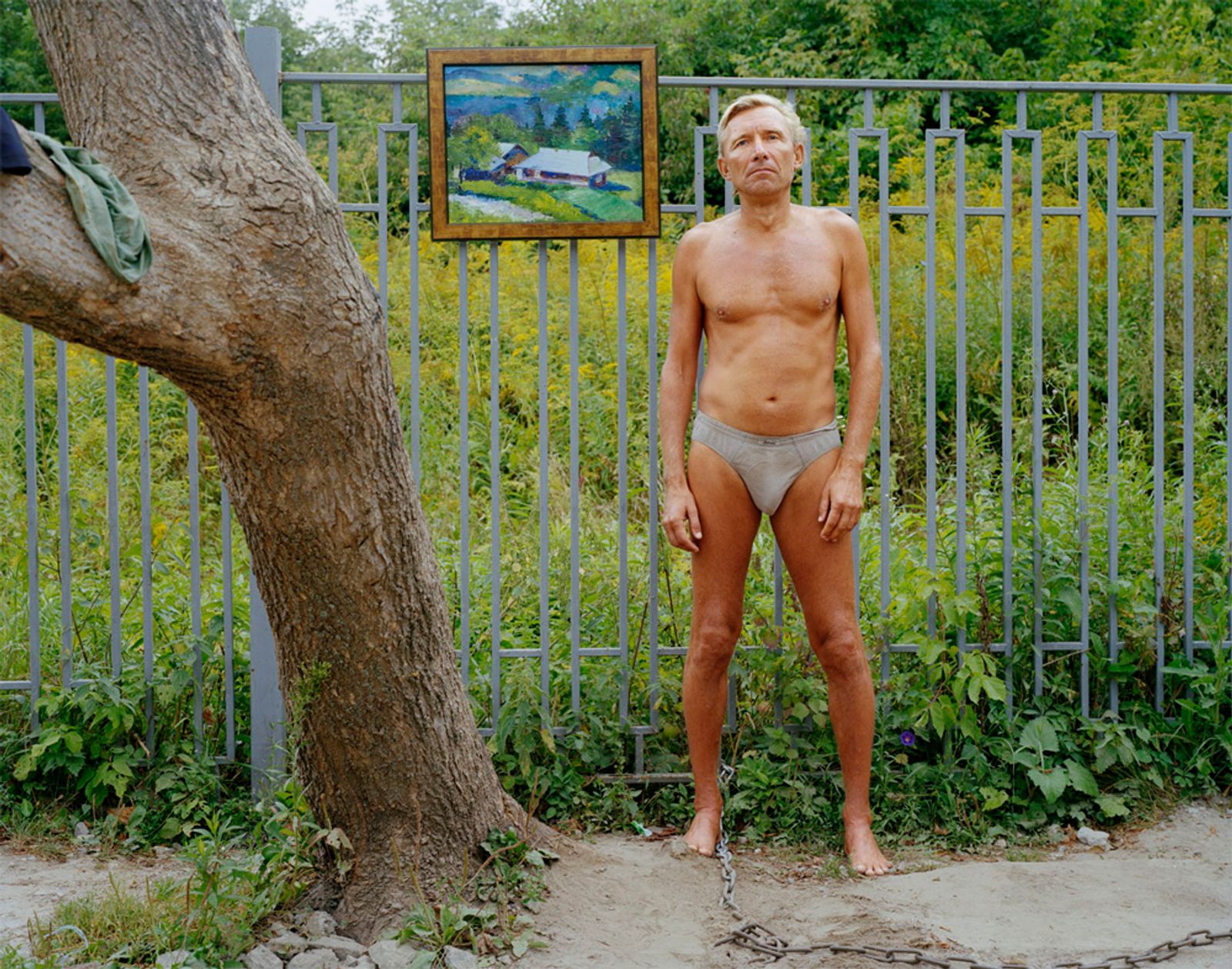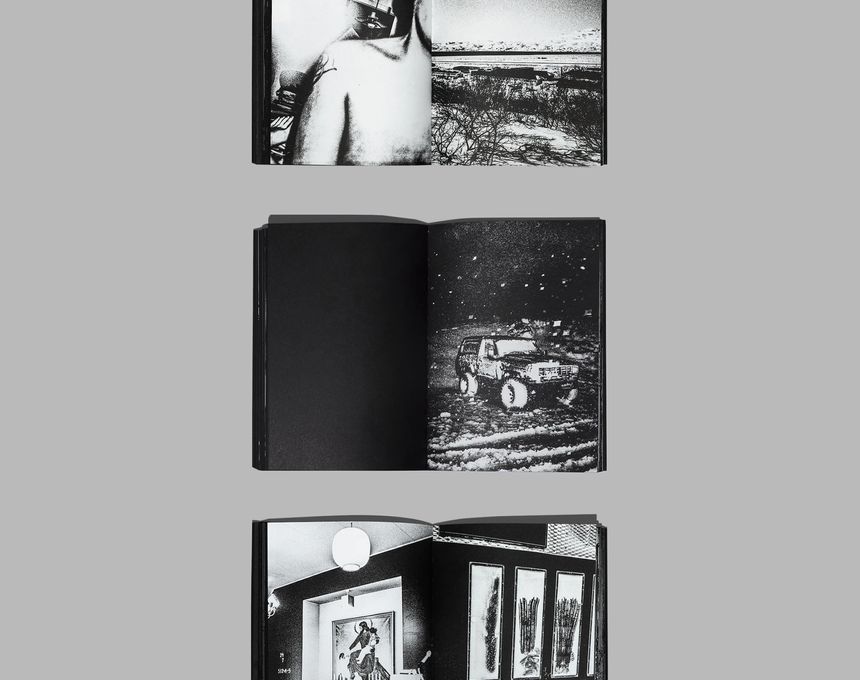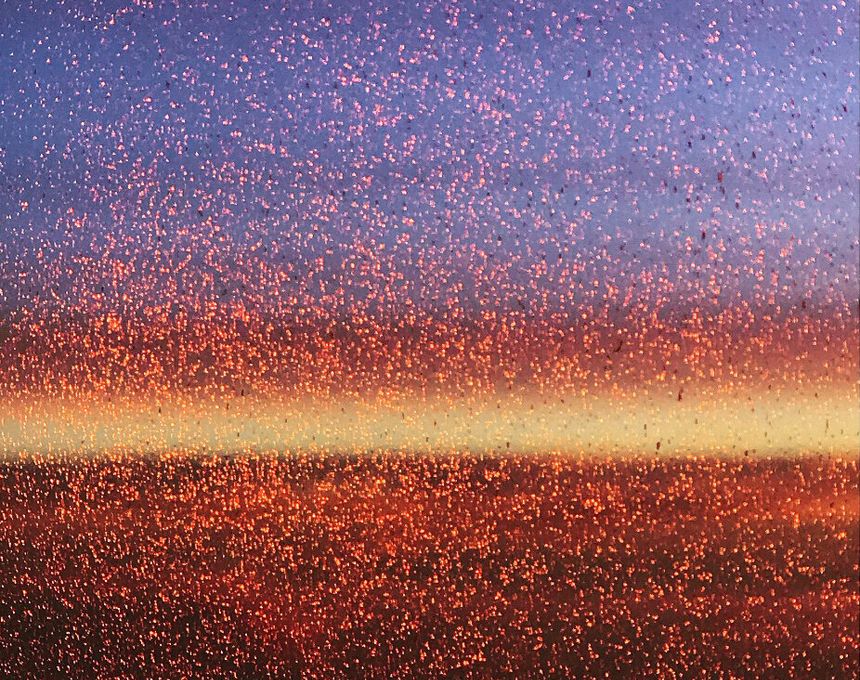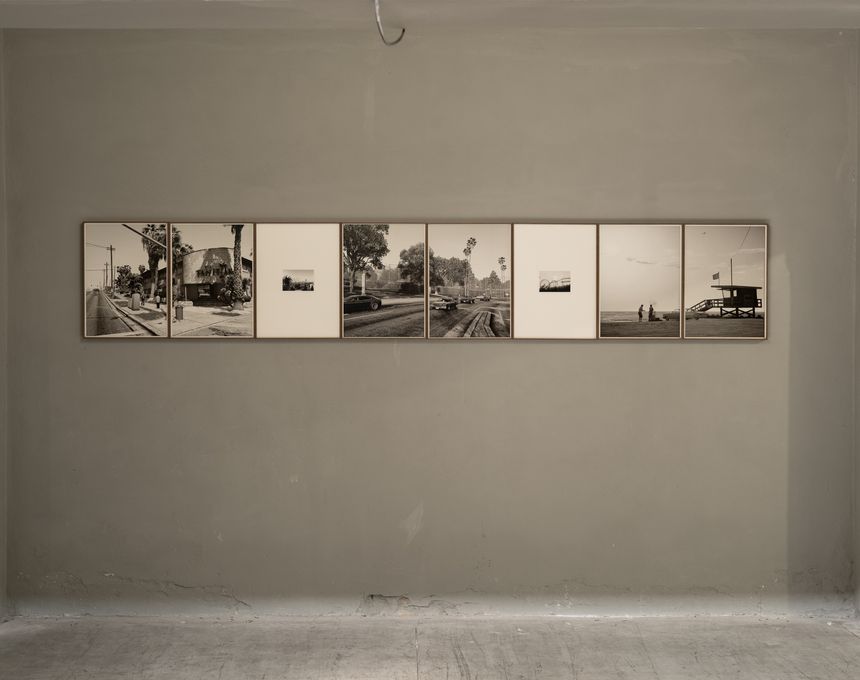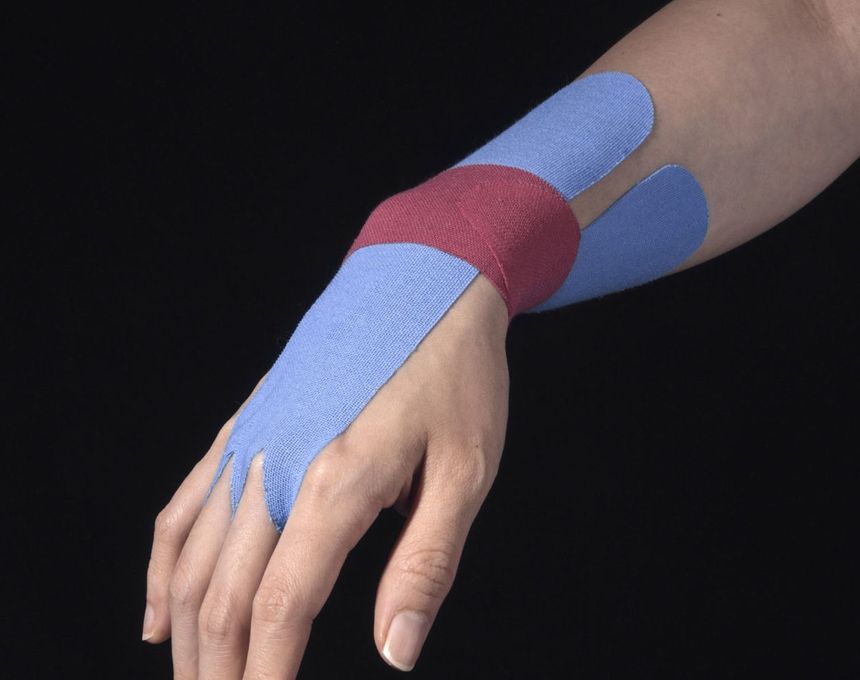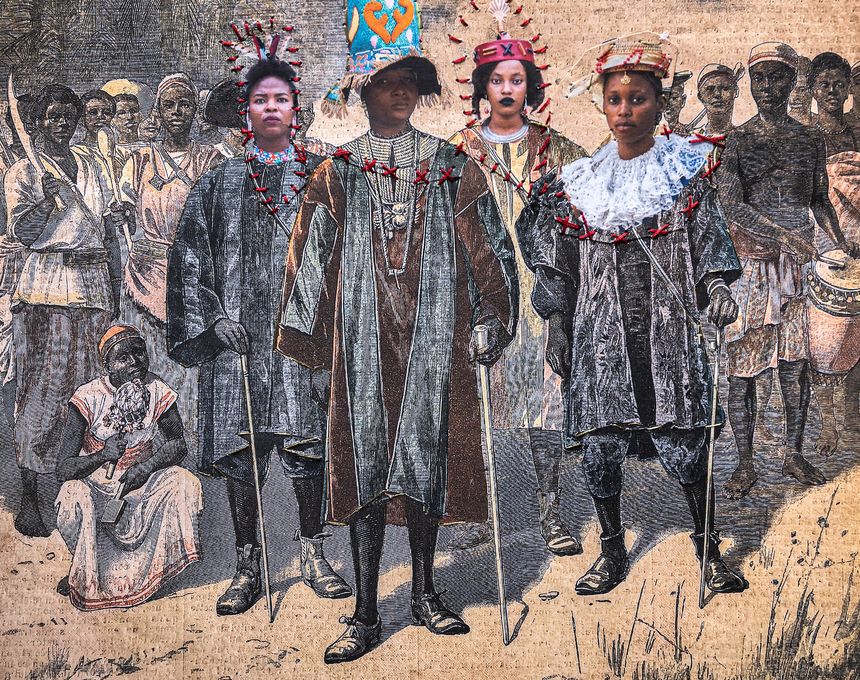Imagining a Future Utopian Society
-
Published6 Jun 2018
-
Author
In creating a fictitious millennial community set deep in a primeval Ukrainian forest, Tatiana Grigorenko looks to challenge the belief systems that allow us to live together today in an unstable political climate.
In creating a fictitious millennial community set deep in a primeval Ukrainian forest, Tatiana Grigorenko looks to challenge the belief systems that allow us to live together today in an unstable political climate.
These Virgin Lands Bring Up New Heroes is a series about a fictional society that lives in Iana, an unknown place based in another time and located in the deepest depths of a forest. The fictitious approach to the project is not immediately identified - Grigorenko successfully convinces us of the veracity of her characters, keeping us attentive throughout her series. The project adopts an intentionally absurd approach, which Grigorenko intends to compare to the absurdity found in Slavic art and literature.
Could you talk about the origin of the title of your project, These Virgin Lands Bring Up New Heroes?
For the past few years, I have been collecting Soviet-era school manuals for teaching English as a second language to Russian-speaking schoolchildren that I found at flea markets in Ukraine. Like many schoolbooks from this era, they recount Soviet history as a series of glorious exploits. They are propaganda, essentially. But what fascinated me was their optimistic tone and self-assured language, which took on an element of childlike naivety when recounted in slightly awkward and stilted English.
I came across the phrase “These Virgin Lands Bring Up New Heroes” in one of these books and it struck me immediately. It seemed to perfectly describe the project’s premise of a “how-to” manual, with its “heroic” characters emerging from a primeval forest, challenging us to take up the construction of a utopia according to their instructions.
These Virgin Lands Bring Up New Heroes
Why did you create a fictitious society in modern times? Why did you name it the community of Iana?
Utopia is by its very definition an unattainable ideal. It has fascinated thinkers for centuries, and numerous attempts have been made to establish such societies, both large and small, from the Charles Fourier-inspired community of Utopia, Ohio, to the Soviet Union itself. With the advent of Occupy Wall Street, the Arab Spring and the Maidan revolution in Ukraine, these questions seemed to take on a new urgency.
These movements’ initial euphoria, as we now know, soon dissolved into our current state of political unrest, polarisation, chaos and even war. But what struck me most was that from the very onset, these movements lacked a clear idea of what they stood for; they were against much but had no clear manifesto. Perhaps this is because after witnessing so many social experiments fail, we have a hard time believing in any one ideal. We are jaded, in a sense.
With this project, I wanted to imagine a future utopian society, documenting it as if it really existed, in order to examine how we create a community and what beliefs enable us to live together today. As for why I named the community Iana, I honestly can’t remember!
You photographed real places and people based on a utopian community, yet, on what basis did you select the people and places you photographed? How was this selective process? Did you set any particular rules?
The photographs were all made in and around several forests that cover the city of Kharkiv, Ukraine. Kharkiv was one of the birthplaces of Soviet Constructivism, the artistic movement of the 1920’s and early 30’s whose artists, such as Malevich, Tatlin and Rodchenko, ardently believed in the power of art to change society and build a radiant future utopia. This period of effervescence, however, was short-lived, and was ultimately stamped out with Stalin’s rise to power and the subsequent imposition of Socialist Realism as the regime’s official form of artistic expression.
Kharkiv is unique for its concentration of buildings and architectural details from the Constructivist period, and I found the remnants of these constructions strangely futuristic even for today’s standards. I specifically selected structures that were partially obscured by vegetation to convey the sense of a hidden society emerging from the brambles. The places depicted are intentionally flat, like the décor of a theatre to which the spectators have no access. As for Iana’s inhabitants, they came from chance encounters. I was drawn to people who had a sort of “otherworldliness”, who seemed privy to a kind of superior knowledge. I then worked with them over a period of time, using a large-format camera, so as to achieve the expressions and postures I was looking for.
The project isn't only composed of photographs, but also contains texts fragments of 20th Century manifestos and communist propaganda. Can you talk about the text selection you made and how these enrich the series?
The late 19th and early 20th centuries were particularly rich in manifestos, both artistic and political. Although their various positions often have very little in common with each other, the language they use, didactic and full of conviction, is strikingly similar. The fragments I chose come from various sources, and are presented as immutable truth, in the form of a “how-to” manual: authoritative instructions, reassuringly easy to follow. And yet, there are no simple answers here: the instructions contradict themselves, and the places depicted are a façade.
I see “These Virgin Lands” as an aesthetic representation of the political confusion that defines the world today. In an atmosphere of increasing social division, truth and reality are the new battleground. But by playing with recognisable affirmations and subverting documentary photography, I hope to provoke viewers into questioning their own belief systems and giving them a broader platform from which they might imagine future society’s highest ambitions.
I understand the way you display the work in exhibitions is also a relevant side to the narrative. How is this so?
The way in which I display my work has always been an important element to its reading. In the case of These Virgin Lands Bring Up New Heroes, the text is screen-printed in red on the framing glass, hovering over the photograph and partially obscuring it. The text is not a caption, nor does it describe the photograph it accompanies, rather, it is an integral part of the work, with its own physical presence. Its shadow falls on the image and its presence disrupts the photograph’s legibility: physically, but also in meaning. What is hidden, and what is revealed? Complicated reading for complicated times.
--------------
Tatiana Grigorenko is a freelance photographer currently based between New York City and Paris. She is interested in how one navigates and eventuallyemancipates one’s body, identity and memory from the context of predefinedsocial models and official histories, discourses and hegemonic narratives. Follow her on PHmuseum.
Verónica Sanchis Bencomo is a Venezuelan photographer and curator based in Hong Kong. In 2014, she founded Foto Féminas, a platform that promotes the works of female Latin American and Caribbean photographers. Follow her on Twitter and Instagram.
